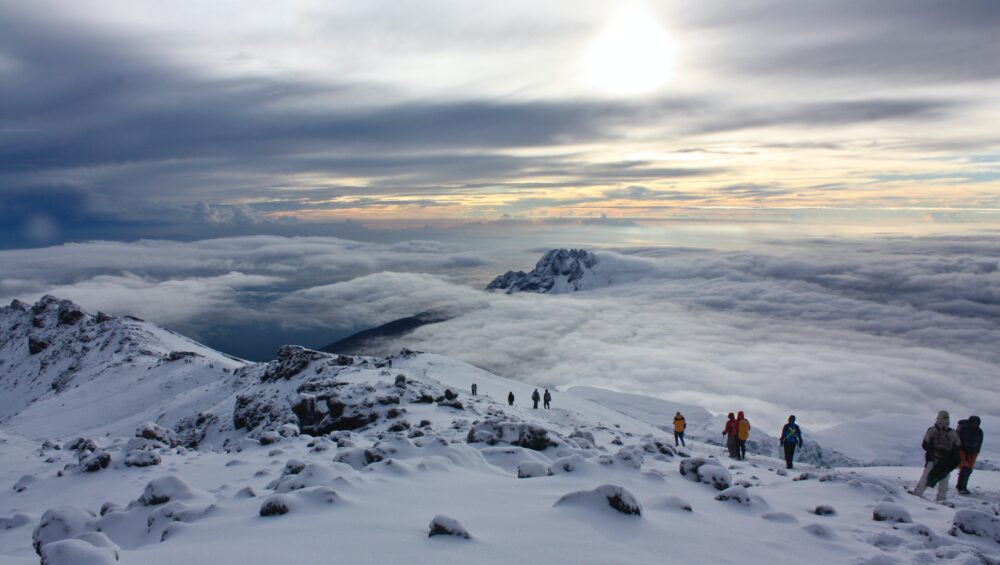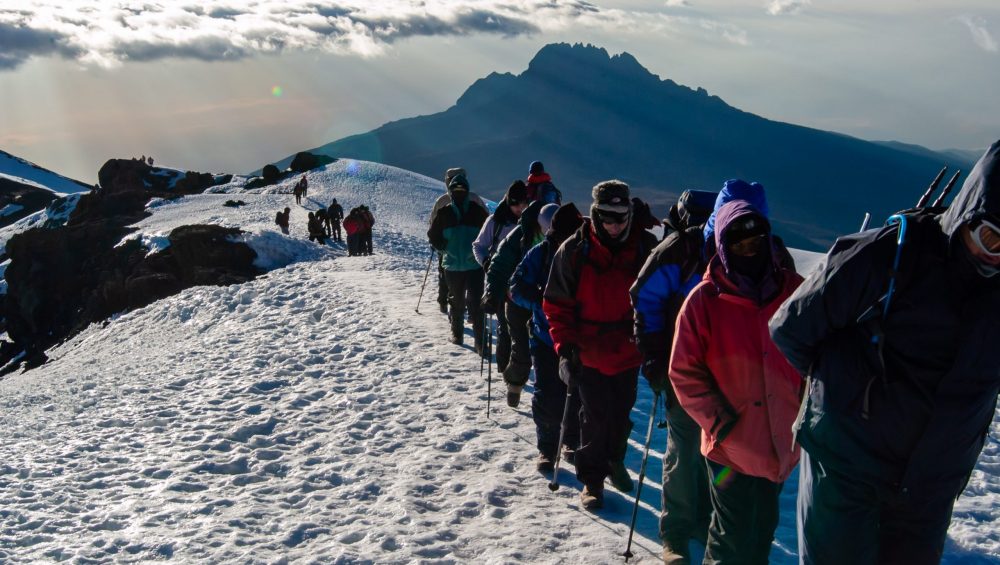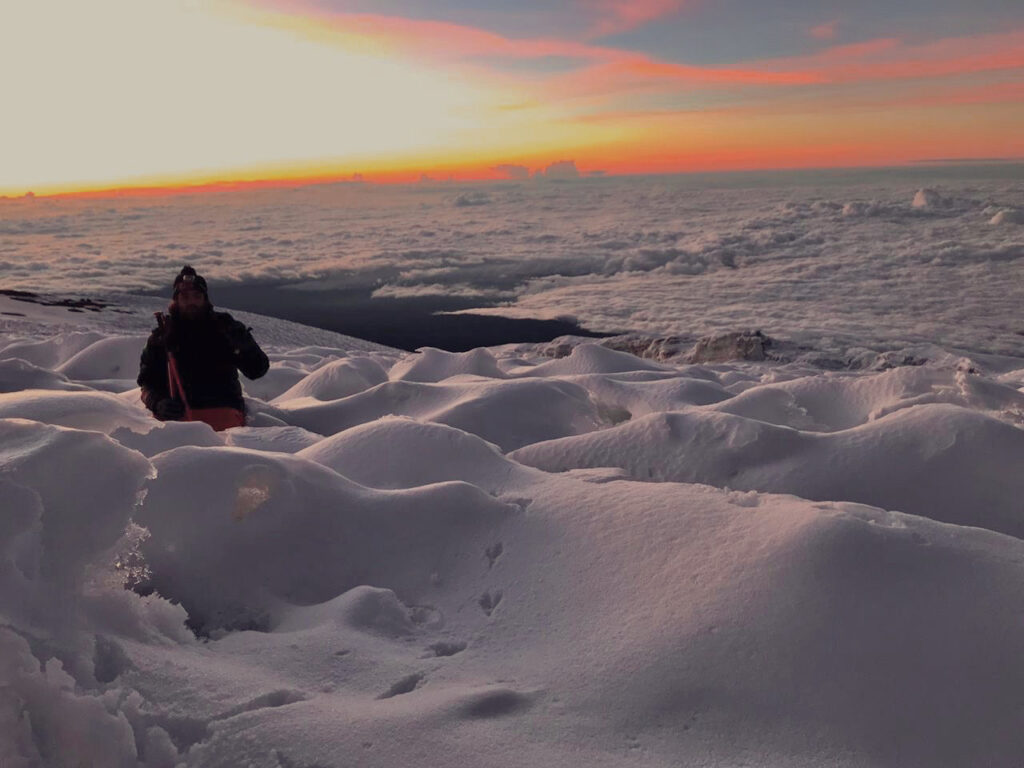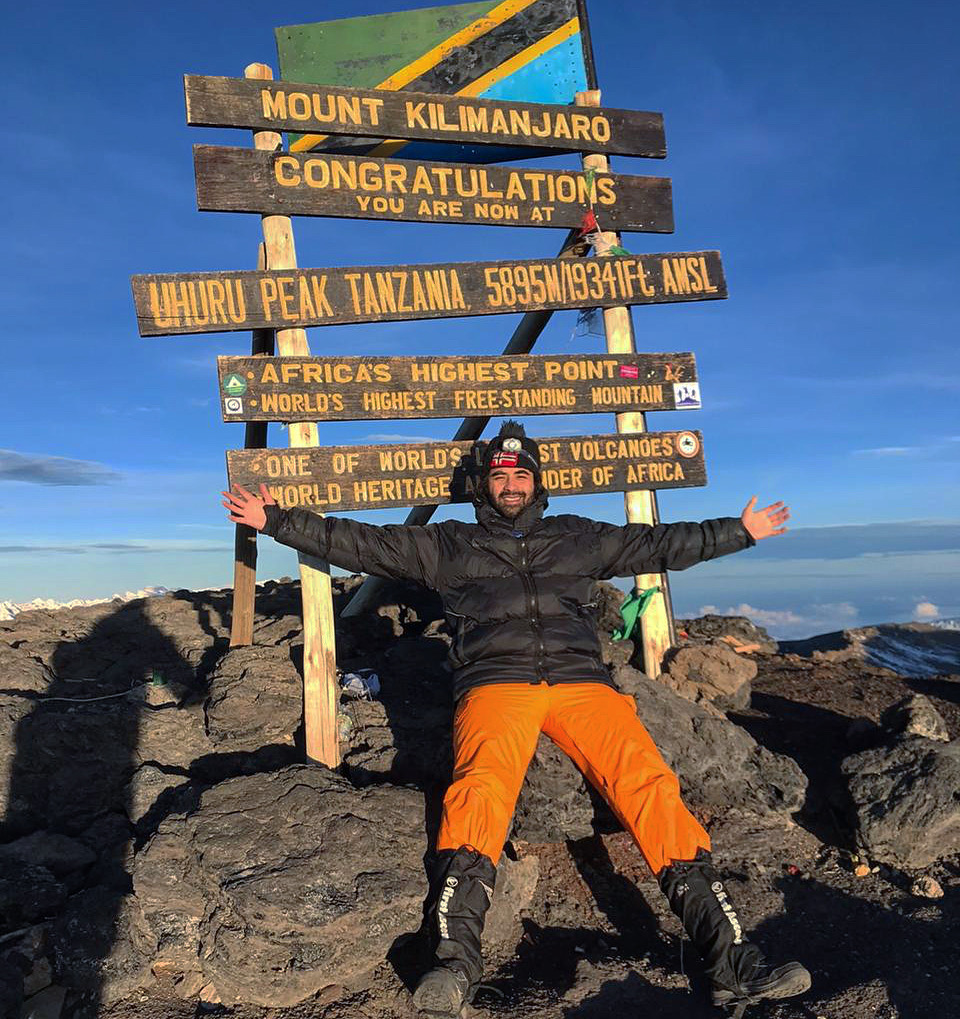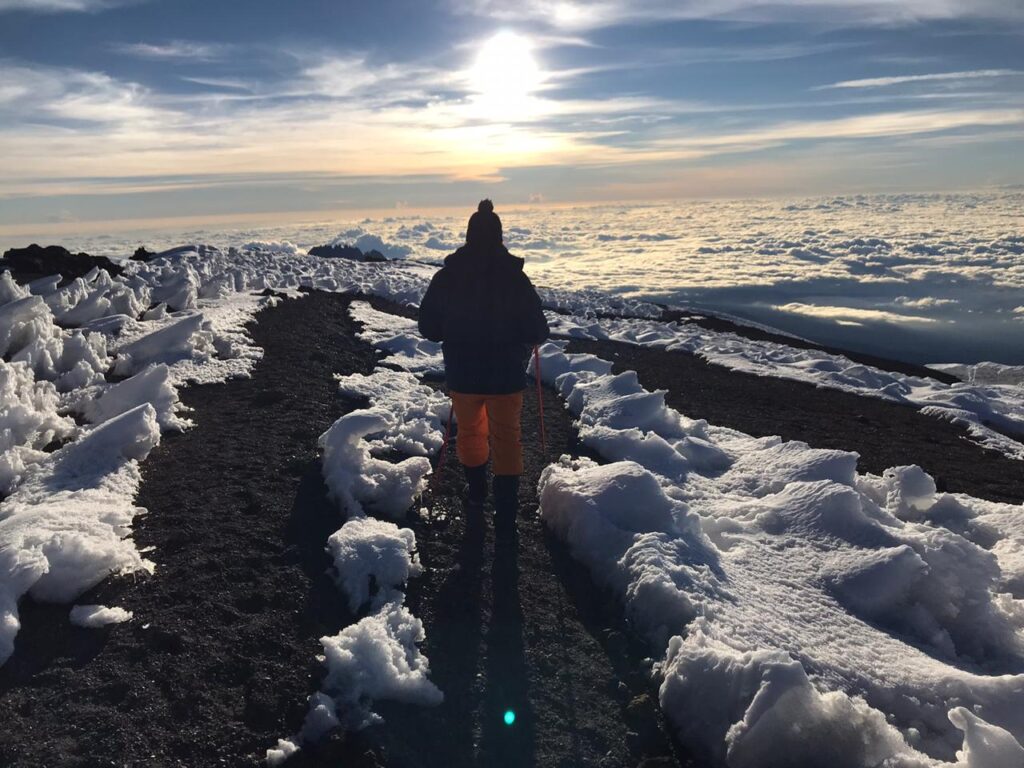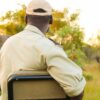Can you climb kilimanjaro in a day
Climbing Mount Kilimanjaro, a feat that demands immense courage, raises the question: Can You climb Kilimanjaro in a day? This extraordinary endeavor encompasses seven distinct routes, each requiring a specific duration to reach the summit. Let me clarify: historical achievements have indeed demonstrated the potential to conquer the peak within a few hours. However, it remains highly improbable for an ordinary individual to reach the snow-covered summit of Mount Kilimanjaro in a twenty-four hours.
Historical Records of Kilimanjaro Summit Triumphs in one day
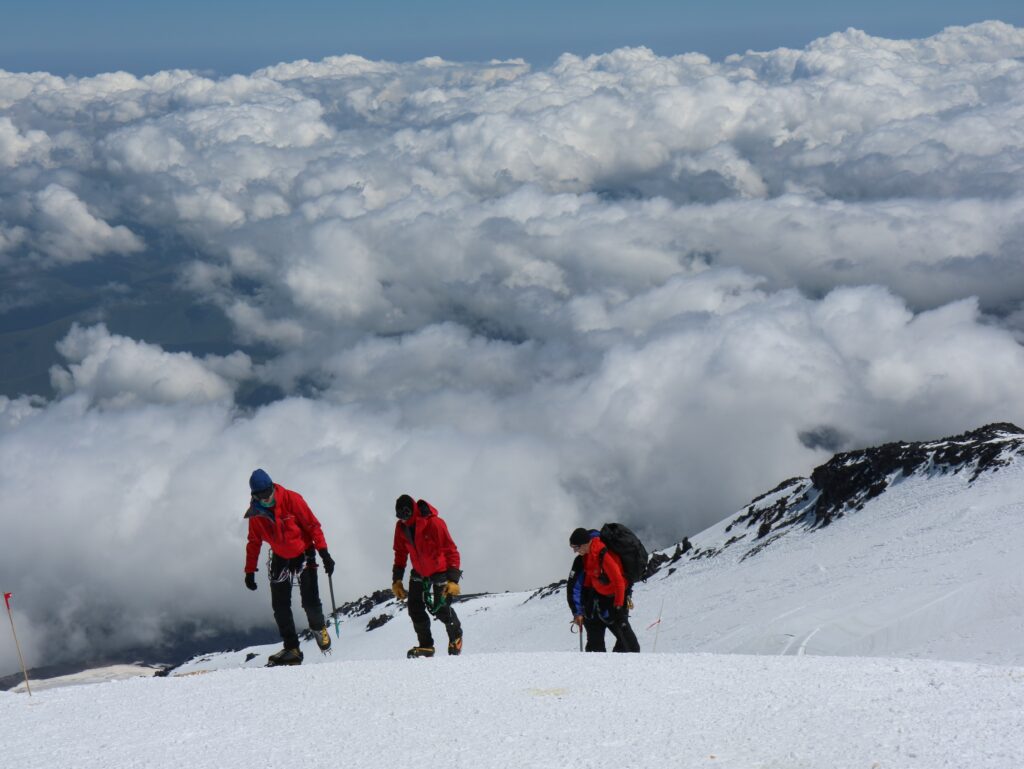
Countless tales recount the remarkable accomplishments of travelers who have etched their names in the annals of Kilimanjaro summit achievements.
KARL EGLOFF
In 2014, Karl Egloff astounded the world by completing the arduous Kilimanjaro Trek in an astonishing 4 hours and 56 minutes. His remarkable feat set the record for the swiftest ascent to the Kilimanjaro Summit, accomplishing the round trip in a mere 6 hours and 42 minutes.
KRISTINA SCHOOU MADSEN
In 2018, Kristina Schoou Madsen etched her name in history, achieving the fastest summit ascent by a female, clocking in at a remarkable 6 hours and 52 minutes.
SIMON MTUY
Simon Mtuy, a Tanzanian mountaineer, etched his name in the annals of Kilimanjaro conquests with the fastest unassisted ascent and descent in 2006. He astonishingly completed the entire expedition in an astonishing 9 hours and 19 minutes.
Embarking on a Mount Kilimanjaro ascent immerses one’s soul in an unparalleled adventure. While it is plausible to reach the summit within a single day, we, at Jerry Tanzania Tours, strongly advise adopting a more gradual approach, allowing ample time for your body to acclimate to Kilimanjaro’s climatic conditions.
In light of the query “Can You Climb Kilimanjaro In A Day,” we highly recommend the Machame Route and the Lemosho Route as the optimal pathways for conquering Kilimanjaro. These routes boast exceptional acclimatization profiles, complemented by their breathtaking flora and fauna. Jerry Tanzania Tours extends an enticing array of packages for your Kilimanjaro ascent. Visit our website now to seize the best-suited package for your Kilimanjaro adventure. For prompt resolution of any queries, do not hesitate to contact our team of experts.

